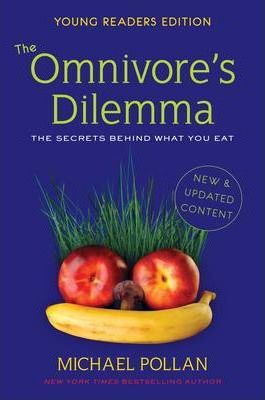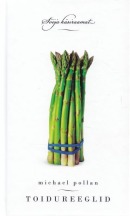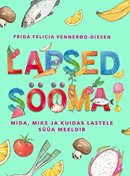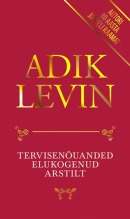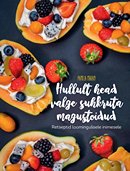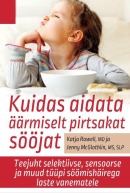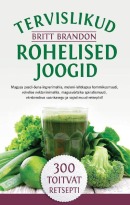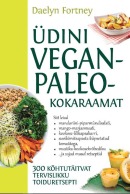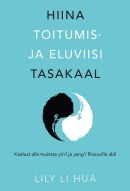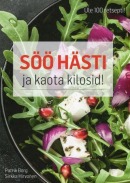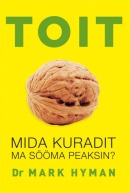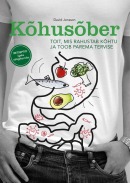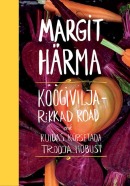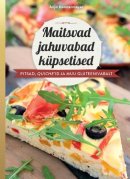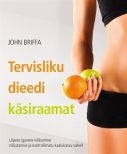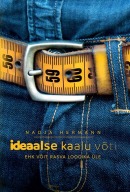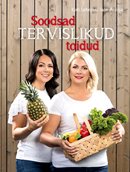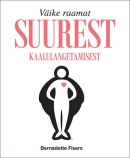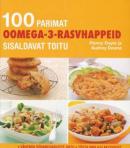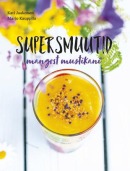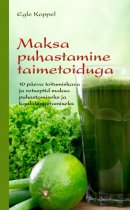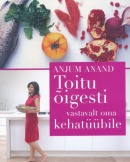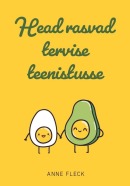The Omnivore’s Dilemma
The Secrets Behind what You Eat
„The Omnivore’s Dilemma” on ümbrispaberiga kõvakaaneline raamat. Raamatu seisukord: vähekasutatud.
„The Omnivore’s Dilemma” – tutvustus
“What’s for dinner?” seemed like a simple question – until journalist and supermarket detective Michael Pollan delved behind the scenes. From fast food and big organic to small farms and old-fashioned hunting and gathering, this young readers’ adaptation of Pollan’s famous food-chain exploration encourages kids to consider the personal and global health implications of their food choices. In a smart, compelling format with updated facts, plenty of photos, graphs, and visuals, as well as a new afterword and backmatter, The Omnivore’s Dilemma serves up a bold message to the generation that needs it most: It’s time to take charge of our national eating habits – and it starts with you.
Raamatu „The Omnivore’s Dilemma” sisukord
Raamatu „The Omnivore’s Dilemma” sisukord on veel sisestamata või see puudub sootuks.
Introduction
Before I began working on this book, I never gave much thought to where my food came from. I didn’t spend much time worrying about what I should and shouldn’t eat. Food came from the supermarket and as long as it tasted good, I ate it.
Until, that is, I had the chance to peer behind the curtain of the modern American food chain. This came in 1998. I was working on an article about genetically modified food—food created by changing plant DNA in the laboratory. My reporting took me to the Magic Valley in Idaho, where most of the french fries you’ve ever eaten begin their life as Russet Burbank potatoes. There I visited a farm like no farm I’d ever seen or imagined.
It was fifteen thousand acres, divided into 135-acre crop circles. Each circle resembled the green face of a tremendous clock with a slowly rotating second hand. That sweeping second hand was the irrigation machine, a pipe more than a thousand feet long that delivered a steady rain of water, fertilizer, and pesticide to the potato plants. The whole farm was managed from a bank of computer monitors in a control room. Sitting in that room, the farmer could, at the flick of a switch, douse his crops with water or whatever chemical he thought they needed.
One of these chemicals was a pesticide called Monitor, used to control bugs. The chemical is so toxic to the nervous system that no one is allowed in the field for five days after it is sprayed. Even if the irrigation machine breaks during that time, farmers won’t send a worker out to fix it because the chemical is so dangerous. They’d rather let that whole 135-acres crop of potatoes dry up and die.
That wasn’t all. During the growing season, some pesticides get inside the potato plant so that they will kill any bug that takes a bite. But these pesticides mean people can’t eat the potatoes while they’re growing, either. After the harvest, the potatoes are stored for six months in a gigantic shed. Here the chemicals gradually fade until the potatoes are safe to eat. Only then can they be turned into french fries.
That’s how we grow potatoes?
I had no idea.
Raamatu „The Omnivore’s Dilemma” tehnilised andmed
„The Omnivore’s Dilemma” on ümbrispaberiga kõvakaaneline raamat, 298 lk; 16,0 × 23,5 cm; ↔ 2,8 cm; 576 g.
The Omnivore’s Dilemma „The Omnivore’s Dilemma” on Laos nr 2, saame postitada või kontorisse tuua tellimisjärgsel TÖÖPÄEVAL.
Raamatu „The Omnivore’s Dilemma” ilmumisandmed: Dial Books, 2009
ISBN/EAN: 9780803734159 (978-0-8037-3415-9, 0803734158)
Ostke raamat „The Omnivore’s Dilemma” hinnaga 19.90
Veel üllitisi „The Omnivore’s Dilemma” autori(te)lt:
Soovitame lisaks väljaandele „The Omnivore’s Dilemma” vaadata ka neid trükiseid:
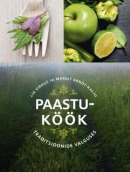
Paastuköök
19.79
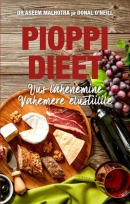
Pioppi dieet
24.94
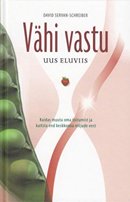
Vähi vastu: uus eluviis
37.97
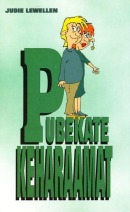
Pubekate keharaamat
9.90
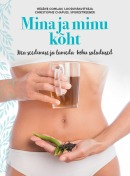
Mina ja minu kõht
21.90
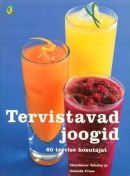
Tervistavad joogid
12.90
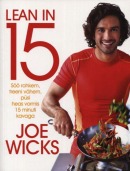
Lean in 15
19.91
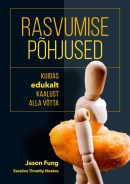
Rasvumise põhjused
34.94
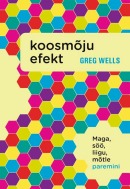
Koosmõju efekt
24.74

Ideaalvormi teejuht
21.70
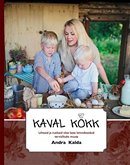
Kaval kokk
16.96

Head ööd!
14.74
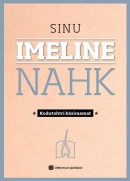
Sinu imeline nahk
21.70
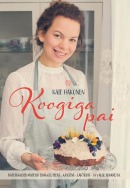
Koogiga pai
24.90

Rõõm toidust
24.74
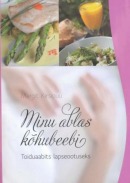
Minu ablas kõhubeebi
21.70
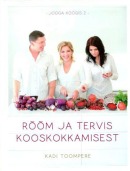
Jooga köögis 2
19.90
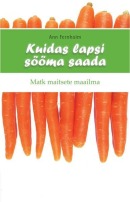
Kuidas lapsi sööma saada
14.90
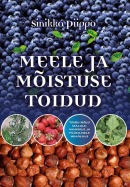
Meele ja mõistuse toidud
37.97
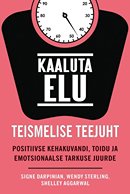
Kaaluta elu
24.94
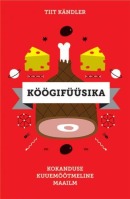
Köögifüüsika
22.90
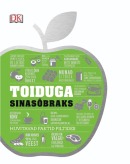
Toiduga sinasõbraks
21.70
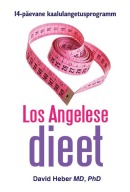
Los Angelese dieet
19.90
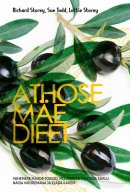
Athose mäe dieet
17.97
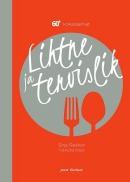
Lihtne ja tervislik
24.74
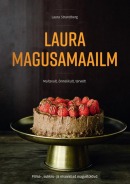
Laura magusamaailm
17.97

Söö, salene, sära
21.90

Emade nipid
17.40
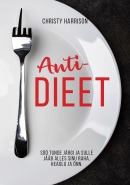
Antidieet
19.91
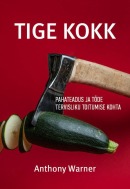
Tige kokk
22.50
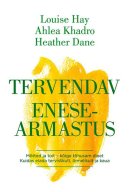
Tervendav enesearmastus
34.94
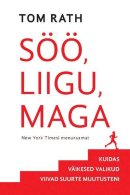
Söö, liigu, maga
29.92

Tervislikud igapäevaroad
29.79

Liikumise ja spordi ABC
27.97
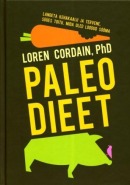
Paleo dieet
24.94
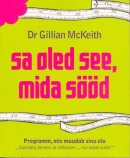
Sa oled see, mida sööd
24.90

Pukka elustiil
24.74
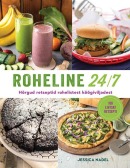
Roheline 24/7
24.74

Tugevad luud kogu eluks
24.74

Maitsev algus
22.99
© Kirjavara Raamatupood OÜ • Registrikood 16003911 • kirjavara(ätike)kirjavara(punkt)ee • +372 501 2125

